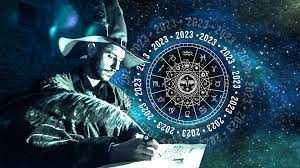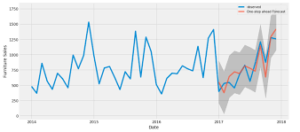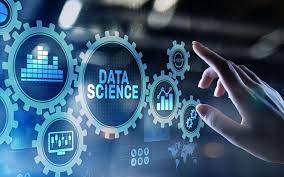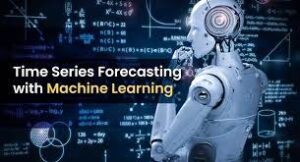In the world of data science, the ability to predict future trends and outcomes is like having a crystal ball. Time series analysis and forecasting are the key to unlocking this superpower. In this blog post, we’ll explore the fascinating realm of time series data and forecasting, and I’ll provide you with valuable resources to help you get started on your journey.
Time series forecasting the Future Nostradamus
“Forecasting is the art of saying what will happen, and then explaining why it didn’t! ” The converse is also true: saying what WON’T happen, and then explaining why it DID happen !
Understanding Time Series Data
Time series data is a sequence of observations or data points recorded at regular intervals over time. These data points can represent virtually anything that changes over time, such as stock prices, weather conditions, sales figures, and more. Understanding the patterns hidden within this data can offer invaluable insights.
The Significance of Time Series Forecasting
Why is time series analysis and forecasting so important? Here are a few compelling reasons:
- Business Decision-Making: Accurate forecasts help businesses optimize inventory, allocate resources efficiently, and make informed decisions based on historical trends.
- Financial Markets: Investors and traders rely on time series analysis to predict market movements and identify investment opportunities.
- Healthcare: Epidemiologists use it to predict disease outbreaks, while hospitals utilize it for patient admission forecasting.
- Environmental Science: Meteorologists depend on time series data to predict weather conditions and natural disasters.
Core Components of Time Series
To effectively analyze time series data, it’s essential to understand its fundamental components:
- Trend: The long-term movement or direction in the data, which can be upward, downward, or stable.
- Seasonality: Repeating patterns or cycles over shorter time intervals, often influenced by factors like the time of day, week, or year.
- Noise: Random variations that make forecasting challenging, representing the unpredictable elements in the data.
Techniques for Time Series Forecasting
A variety of methods and models are available for time series forecasting, each suited to different types of data and prediction tasks:
- Moving Averages: Simple and weighted moving averages provide a baseline for identifying trends.
- Exponential Smoothing: Assigns exponentially decreasing weights to older data points, giving more importance to recent observations.
- ARIMA (AutoRegressive Integrated Moving Average): A powerful and widely-used model that combines autoregressive and moving average components.
- Prophet: Developed by Facebook, it excels in daily observations with strong seasonality.
- Machine Learning: Techniques like LSTM (Long Short-Term Memory) and XGBoost are gaining popularity for complex forecasting tasks.
Resources to Enhance Your Expertise
Ready to dive deeper into the world of time series analysis and forecasting? Here are some valuable resources to guide you on your journey:
- Coursera’s Time Series Analysis and Forecasting Specialization: A comprehensive series of courses to build expertise.
- Book: “Forecasting: Principles and Practice” by Rob J Hyndman and George Athanasopoulos: A fantastic resource available online for free.
- Kaggle Time Series Forecasting Competitions: Challenge yourself by participating in real-world forecasting competitions.
- Towards Data Science Articles on Time Series: A collection of insightful articles by data scientists and analysts.
Mastering time series analysis and forecasting is a journey that requires continuous learning and practice. Embrace the power of data, and you’ll be equipped to make informed predictions that drive success in your field!
Have you explored time series analysis and forecasting? Share your experiences or favorite resources in the comments below. Let’s keep the conversation going! 📊 #TimeSeries #Forecasting #DataScience #PredictiveAnalytics #DataAnalysis




